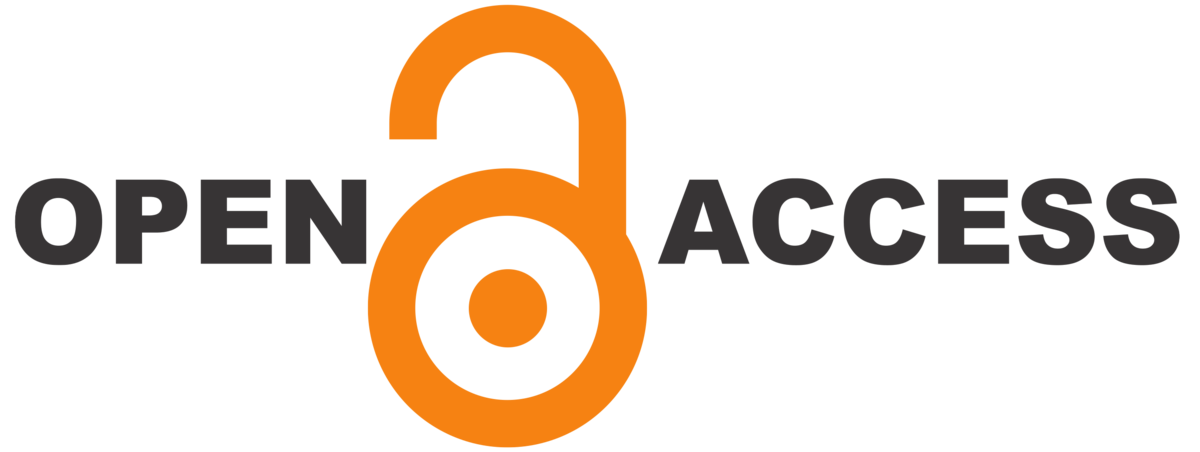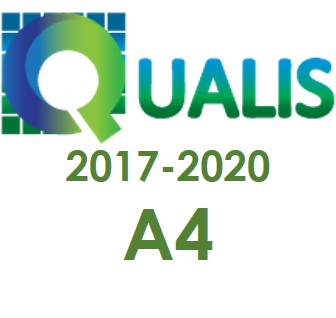Media passages: the film on the way to a new media constellation
DOI:
https://doi.org/10.22481/el.v12i1.1238Keywords:
Film, Digitalization, Interactivity, Social controlAbstract
Film is the result of two processes: a compilation of moving photographs of the outer world and construction because of montage. However, since the digitalization in the late 1980s becomes more and more important in the film reception and distribution, the second factor is rising also in the film production: technical effects that are made in the computer substitute the filming of the outer world. In this perspective, the film as a media is changing its basic relation to reality. The changing of the leading media from film to the internet and digital television implicates new forms of artistic freedom but also social control.
KEYWORDS: Film. Digitalization. Interactivity. Social control.
Downloads
References
______.; HORKHEIMER, Max Dialética do esclarecimento. Fragmentos filosóficos. Tradução de Guido Antônio de Almeida. Rio de Janeiro: Jorge Zahar Ed., 1995. p. 99-138.
______. Das Altern der Neuen Musik, Dissonanzen. Musik in der verwalteten Welt. Gesammelte Schriften in zwanzig Bänden, Frankfurt/M.: Suhrkamp, v. 14, p. 143-167, 1997.
_____. Bild, Schrift, Cyberspace. Bielefeld: Aisthesis, 2002. BARTHES, Roland. A câmera clara. São Paulo: Nova Fronteira, 2011.
BAZIN, André. Der filmische Realismus und die italienische Schule nach der Befreiung (1948). In: _____. Was ist Film? Berlin: Alexander Verlag, 2004.
BENJAMIN, Walter. Que é o teatro épico? In: _____. Magia e técnica, arte e política. Ensaios sobre literatura e história da cultura. São Pulo: Brasilense, 1985. (Obras Escolhidas, v. 1).
______. A tarefa do tradutor. In: Escritos sobre mito e linguagem (1915-1921). Organização, apresentação e notas: Jeanne Marie Gagnebin, tradução de Susana Kampff-Lages e Ernani Chaves. São Paulo: Editora 34, 2011. p. 107-108.
______. A obra de arte na época de sua reprodutibilidade técnica. 2. ed. Apresentação, tradução e notas Francisco De Ambrosis Pinheiro Machado. Porto Alegre: Editora Zouk, 2012.
BRADBURY, Ray. Fahrenheit 451: a temperatura na qual o papel pega fogo e queima (1953). São Paulo: Biblioteca Azul, 2012.
BÜRGER, Peter. Teoria da vanguarda. Tradução de José Pedro Antunes. São Paulo: Cosac Naify, 2012.
ENGELL, Lorenz. Sinn und Industrie. Einführung in die Filmgeschichte. Frankfurt/M., New York: Campus, 1992.
FLUSSER, Vilém. Digitaler Schein. In: RÖTZER, Florian (Ed.). Digitaler Schein. Ästhetik der elektronischen Medien. Frankfurt/M.: Suhrkamp, 1991.
MONACO, James. How to Read a Film: Movies, Media, and Beyond, Art Technology, Language, History, Theory. USA: Oxford University Press, 2009.
PASCUAL SERRANO, Ignacio Ramonet. Mídia, poder e contra poder: da concentração monopólica a democratização da informação. São Paulo: Boitempo, 2013.
ROTH, Karl Heinz (Ed.). Die Wiederkehr der Proletarität. Dokumentation der Debatte. Köln: Neuer Isp Verlag, 1994.
SLOTERDIJK, Peter. Palácio de cristal: para uma teoria filosófica da globalização. São Paulo: Editora Relógio D'água, 2008.
VIRILIO, Paul. Un paysage d'événements. Paris: Galilé, 1999.
Downloads
Published
How to Cite
Issue
Section
License

Estudos da Língua(gem) is licensed under a Creative Commons Attribution 4.0 International License.
Authors who publish in the journal Estudos da Língua (gem) agree with the following terms:
The journal Estudos de Língua(gem) maintains the copyrights of the contributions published. These rights include the publication of the contribution and make its content available for free through the portal.













